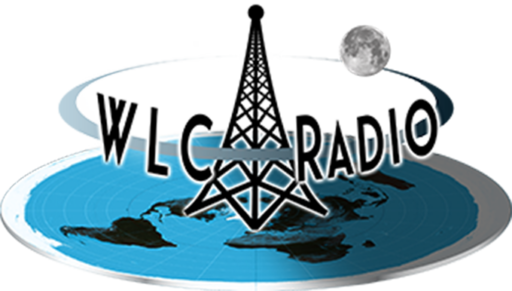Last fall a woman wrote in to a famous advice columnist, telling “Dear Abby” of her fun idea. For the last few years she has hosted a yearly party when day, month and year align on the Gregorian calendar. Her last party on 12/12/12 is coming up and she was looking for suggestions for other fun themes. In replying, Abby joked that she hoped the 13th day of the 13th month in 2013 does not fall on a Friday. A couple of months later, another column appeared in Dear Abby in which she admitted the joke was on her because her office had been flooded with letters from readers who felt the need to set her straight that there was no such thing as a thirteenth month!
It is true that there is no thirteenth month on the solar, or sun-based, Gregorian calendar. However, the Creator’s calendar is not a solar calendar. It is a luni-solar calendar: a calendar that ties lunar months to a solar year. The average lunar year is 354 days long. This is eleven days short of the 365-day long solar year. On strictly lunar calendars, such as the Muslim Hijri calendar, calendar dates float backward through the year. This is why, from one year to another, Ramadan always occurs earlier in the year than the year before.
Luni-solar calendars, on the other hand, use some point within the solar year to anchor the shorter lunar year. This anchor point requires that every two to three years a thirteenth month is intercalated, or added, into the calendar. This makes the year an embolismic year, meaning that a large segment of time is added back into the year. The Biblical calendar uses the vernal (spring) equinox as the anchor point. The Biblical New Year begins with the New Moon closest to the vernal equinox.
- Solar year = 365 days or 12 months/lunations long.
- 1st Lunar year = 354 days long, or 12 lunations long. (Eleven days shorter than the solar year.)
- 2nd Lunar year = 354 days or 12 lunations long. (Now 22 days shorter than the solar year.)
- 3rd Lunar year = 384 days or 13 lunations long. This now catches up with the solar year.
For more on the 13th Month (embolismic year) , refer to: A "thirteenth month" is located in Scripture

